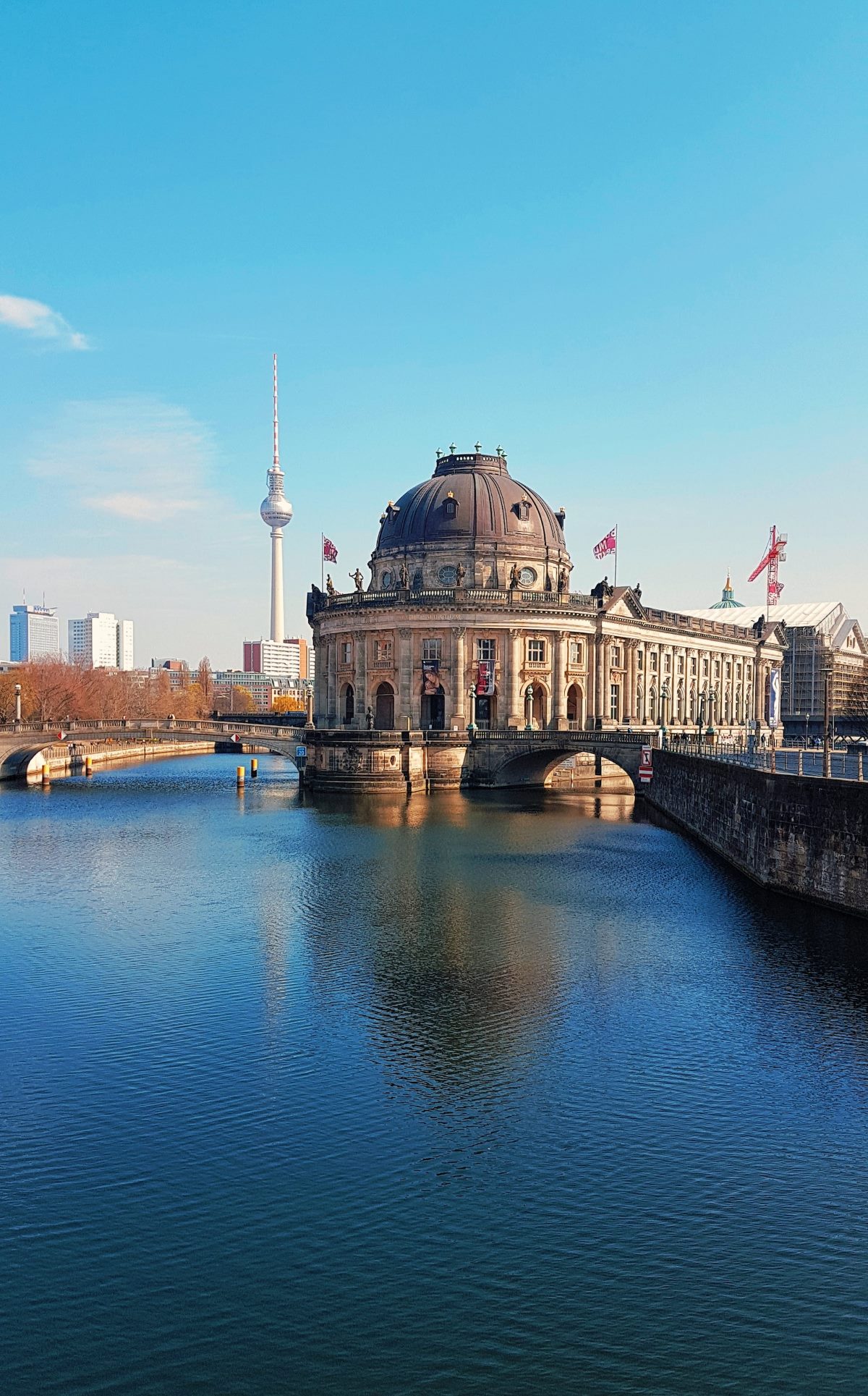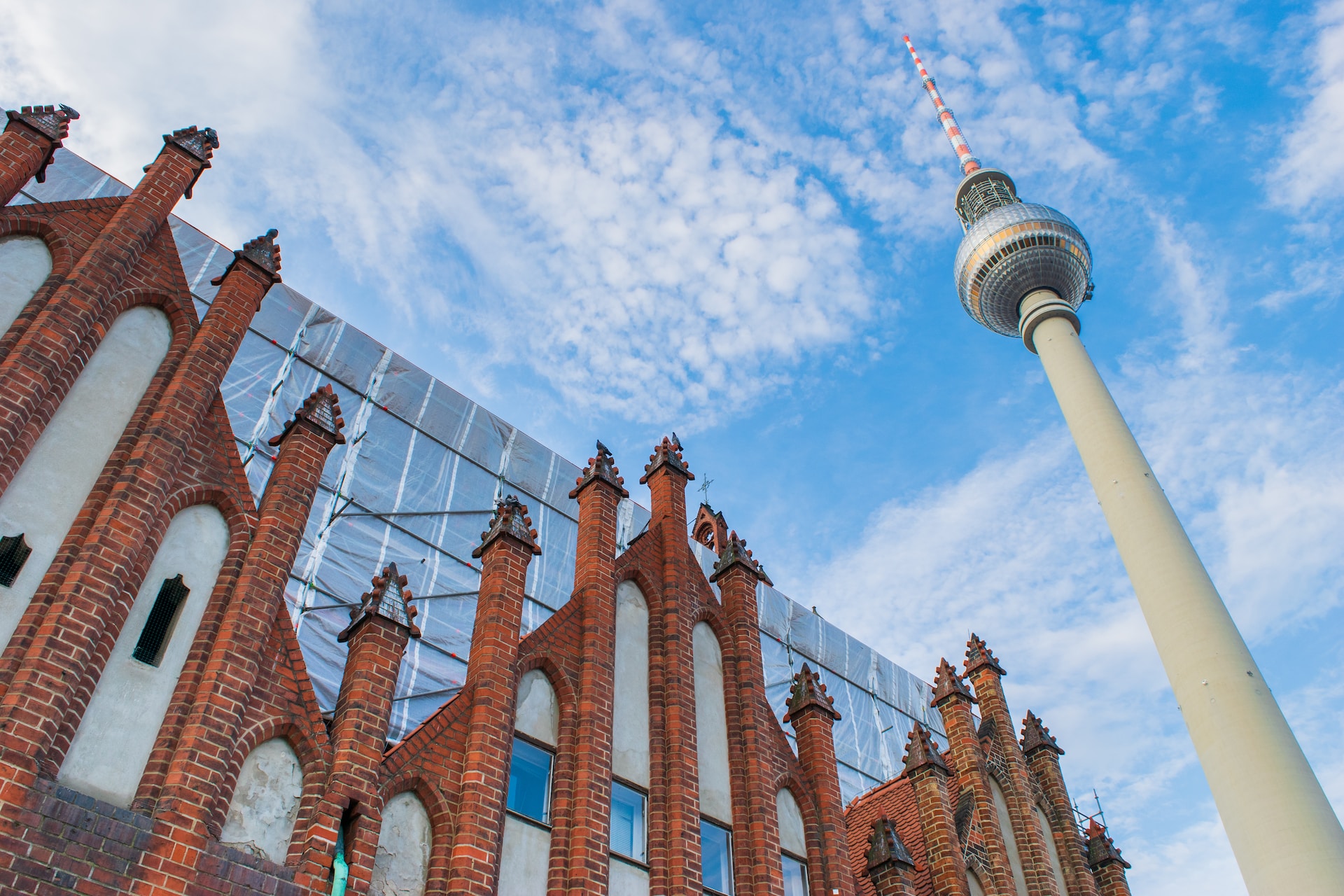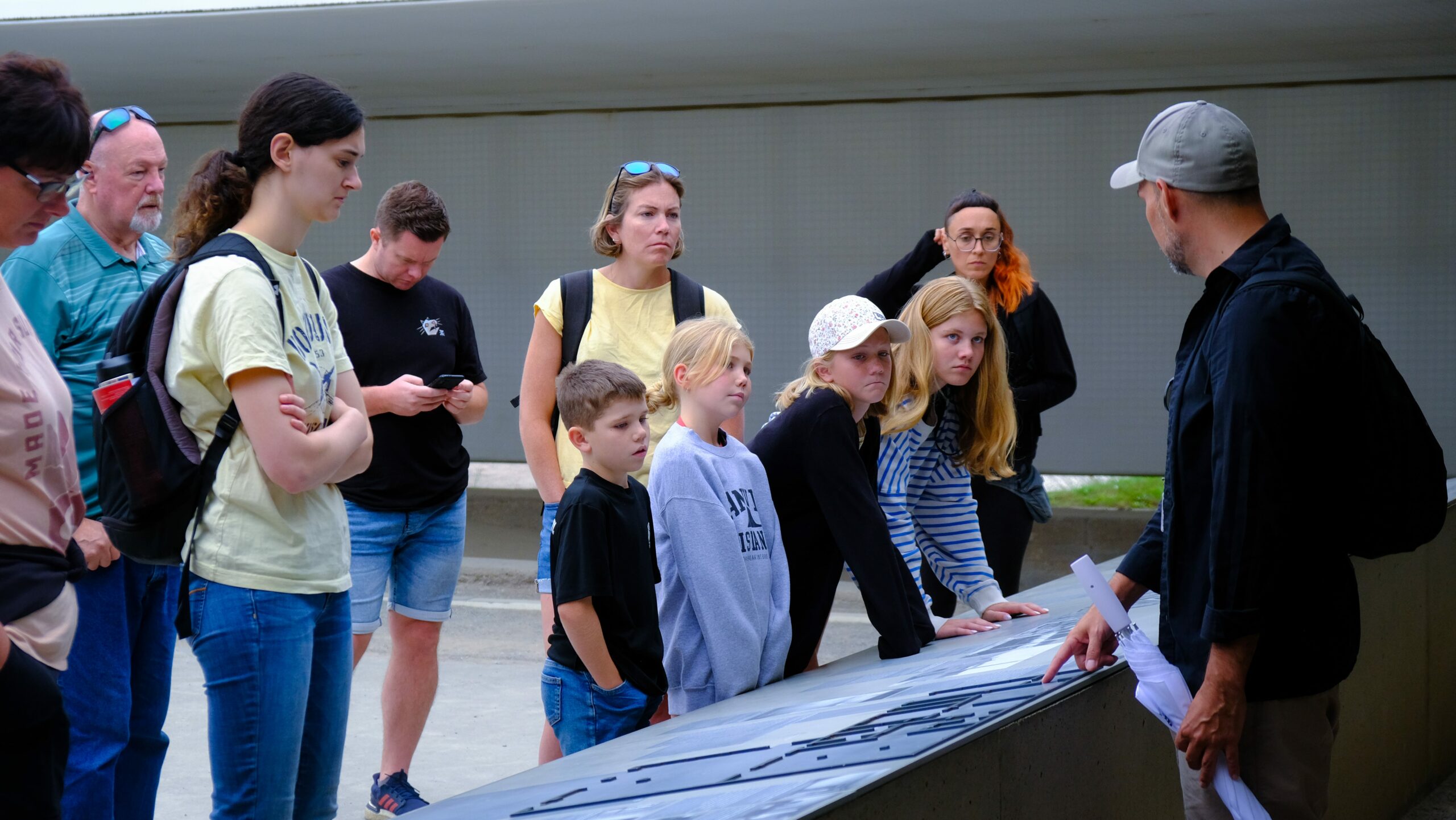Germany had some concentration camps throughout the Second World War especially within and in the close vicinity of Berlin. These were among the concentration camps established by Adolf Hitler for the extermination of millions of people with emphasis on the Jews with other minorities such as the Gypsies, the disabled, and political dissidents.
1. Sachsenhausen Concentration Camp
concentration camp as Sachsenhausen was one of the first that was opened by the Nazi Germany. It began in 1936 and its practice laid the foundation of all the others that ensued later. Sachsenhausen was situated in Oranienburg, northeast of Berlin, where for many years, it imprisoned political prisoners, Jehovah’s Witnesses, homosexuals, and Jews. Hv operates until the end of the Second World War and it became one of the most brutal prisons, well-known for massacres, deaths and violence.
1.1 Life in Sachsenhausen
Sachsenhausen prisoners who underwent through forced labor endured hunger, more often were subjected to medical experiments and other inhuman treatments. They were brutality tortured, and many of them perished from fatigue and diseases or starved to death. The camp also served as a venue of producing phony currencies in order to destabilise Germany’s foes in the war.
2. Ravensbrück Concentration Camp
Ravensbrück was situated approximately ninety kilometers northeast of Berlin and was mainly a women’s camp. It was established in 1939 and turned into one of the largest camps for women prisoners. It also detained children, men and female political prisoners of different nationalities.
2.1 Conditions in Ravensbrück
As in most concentration camps, life in Ravensbrück was a very violent experience. These prisoners were forced to work and were also used for experimentation procedures; they were also sterilized. A lot of women also died from starvation, illness or were put to death and the mortality rate was relatively high with thousands being dead. Some of the women were selected for death in the gas chamber or were transported to other concentration camps for gassing.
3. Oranienburg Concentration Camp
Situated in the Oranienburg town, which is 30 kilometers north of Berlin, this camp was active between 1933 and 1934. The Oranienburg Concentration Camp was used for establishing a model for other concentration camps and initially, prisoners of the camp were political criminals of the Nazi regime.
3.1 Significance of Oranienburg
It has been established over the years that the Oranienburg camp holds a very significant position when it comes to the establishment of the Nazi concentration camp system. It was also used as a scene for using different techniques of regulation, repression, and oppression. The experience acquired in Oranienburg served as the basis for other, bigger camps in Germany and other areas occupied by Nazis.
4. Dachau Concentration Camp
Dachau is a town located about 17 kilometers from Munich and it was the first of the intended concentration camps in Germany which was opened in March 1933. It should be mentioned despite a relatively remote geographic location from the capital, owing to the fact that it was a prototype for subsequent concentration camps.
4.1 The Role of Dachau
Dachau also provided the prototypes for many facets of the concentration camp’s operation. It was also used as an official ‘SS training ground’ The main inmates were political prisoners, many of whom were known enemies of the Nazi party. These arrangements in the camp were later copied to other camps in terms of the architectural structure, camp formation and its functioning or operational culture.
Conclusion
These concentration camps,Berlin and Germany during the second world war were disgusting entities of hardship, inhumanity and death. Tens of thousands of lives were perished in those camps, the treatment meted on them was inhuman. It is maybe shameful to recall and realize its history in order not to happen again in future.
Table of Contents




